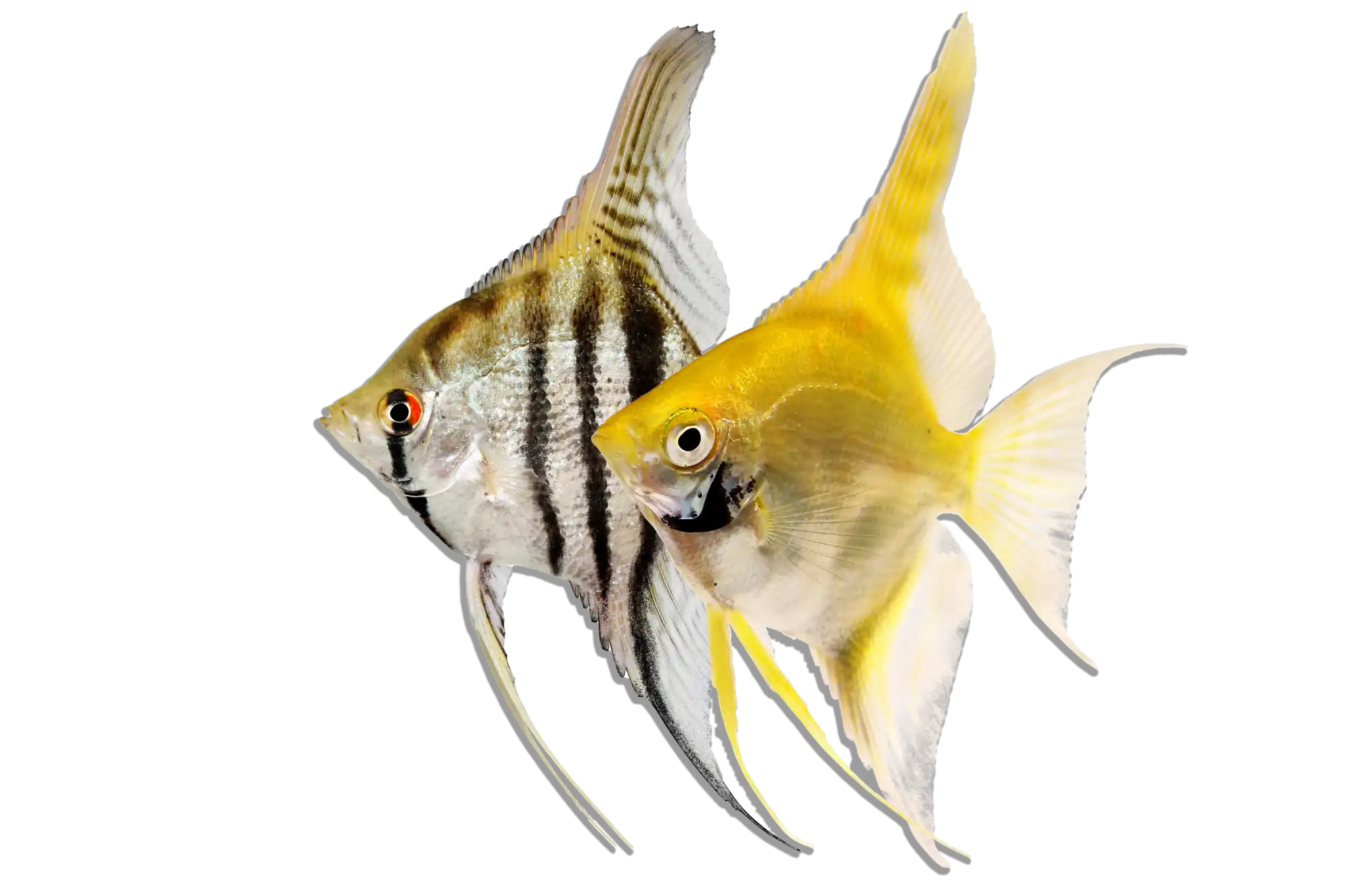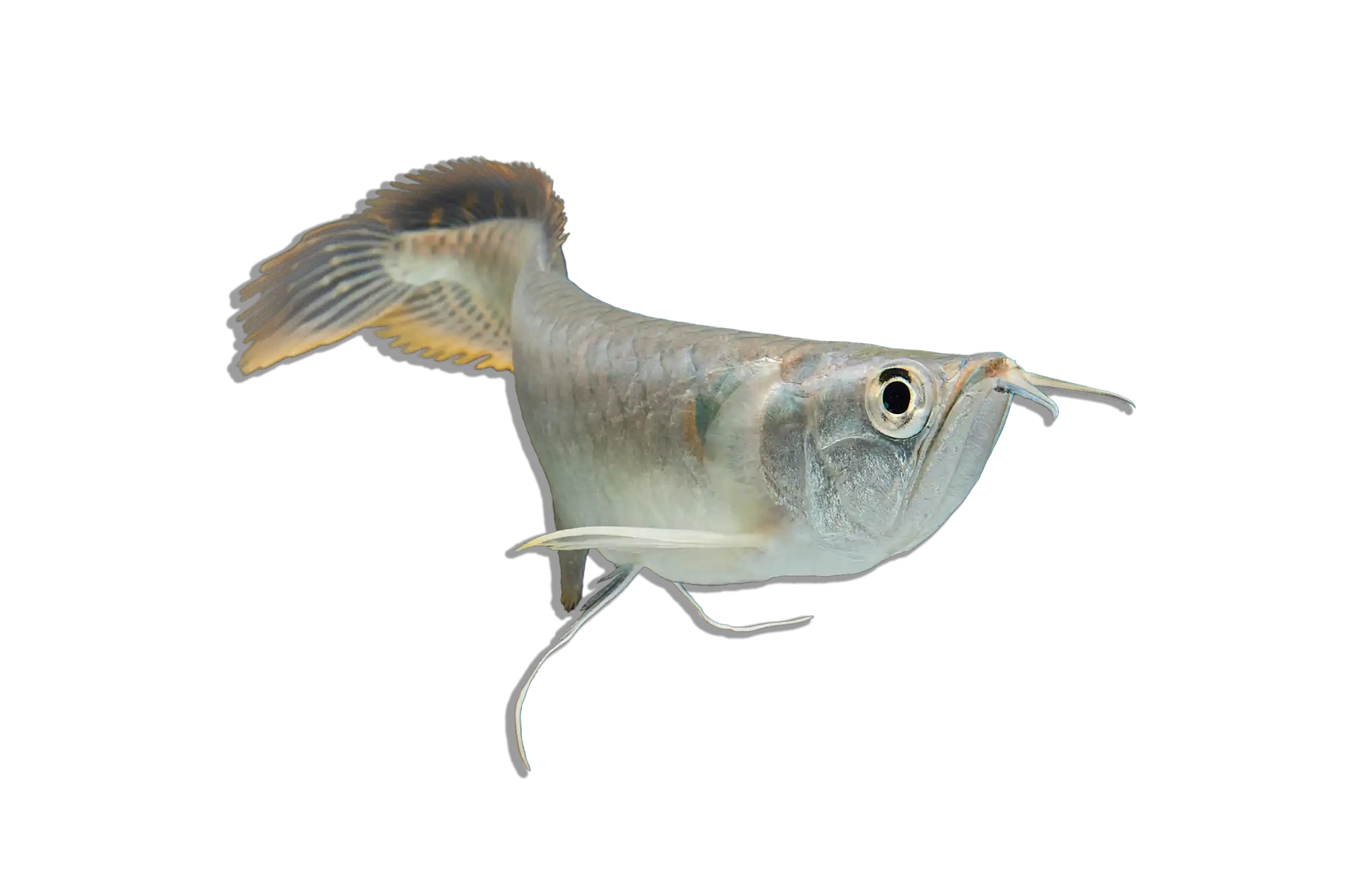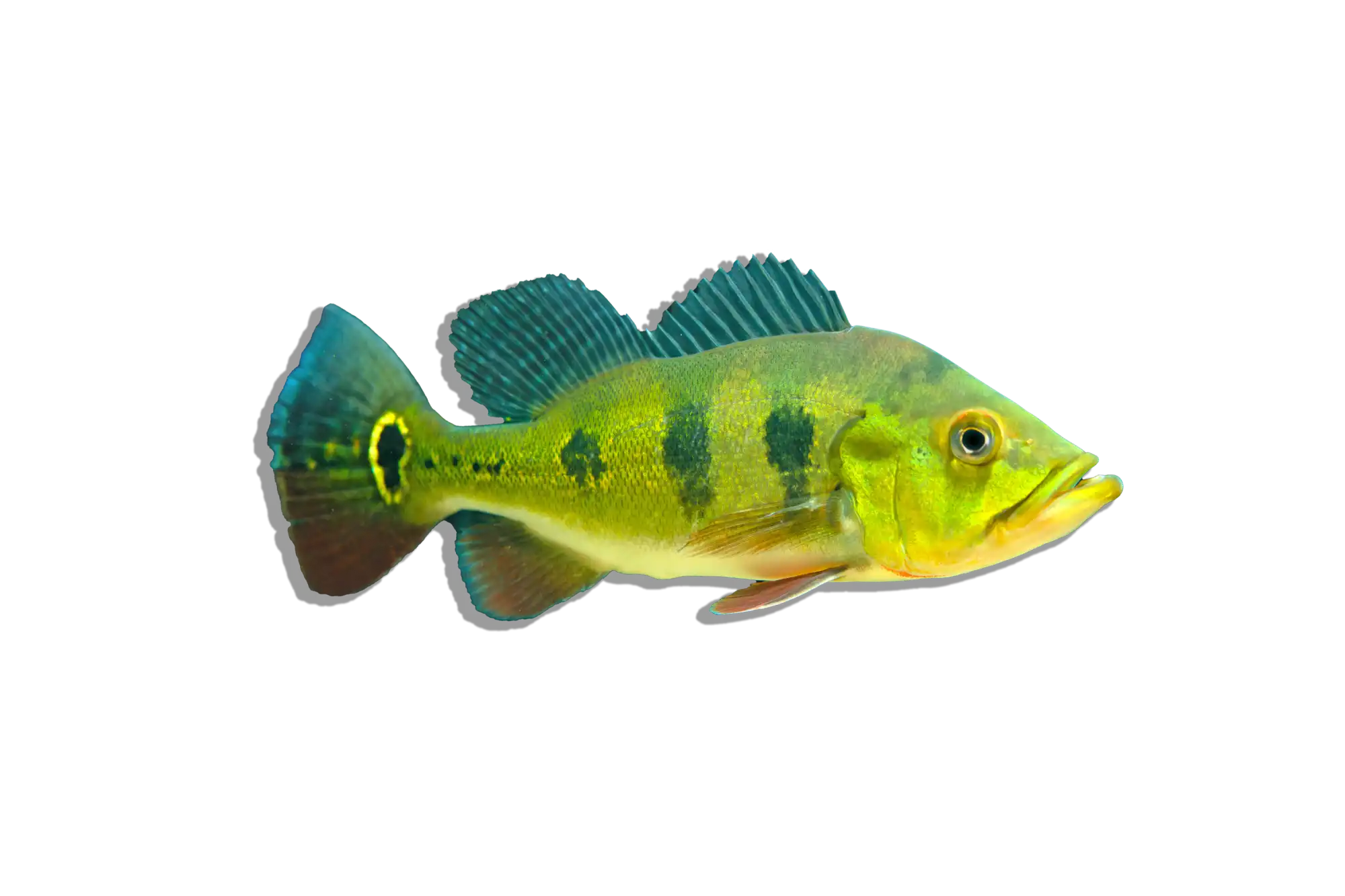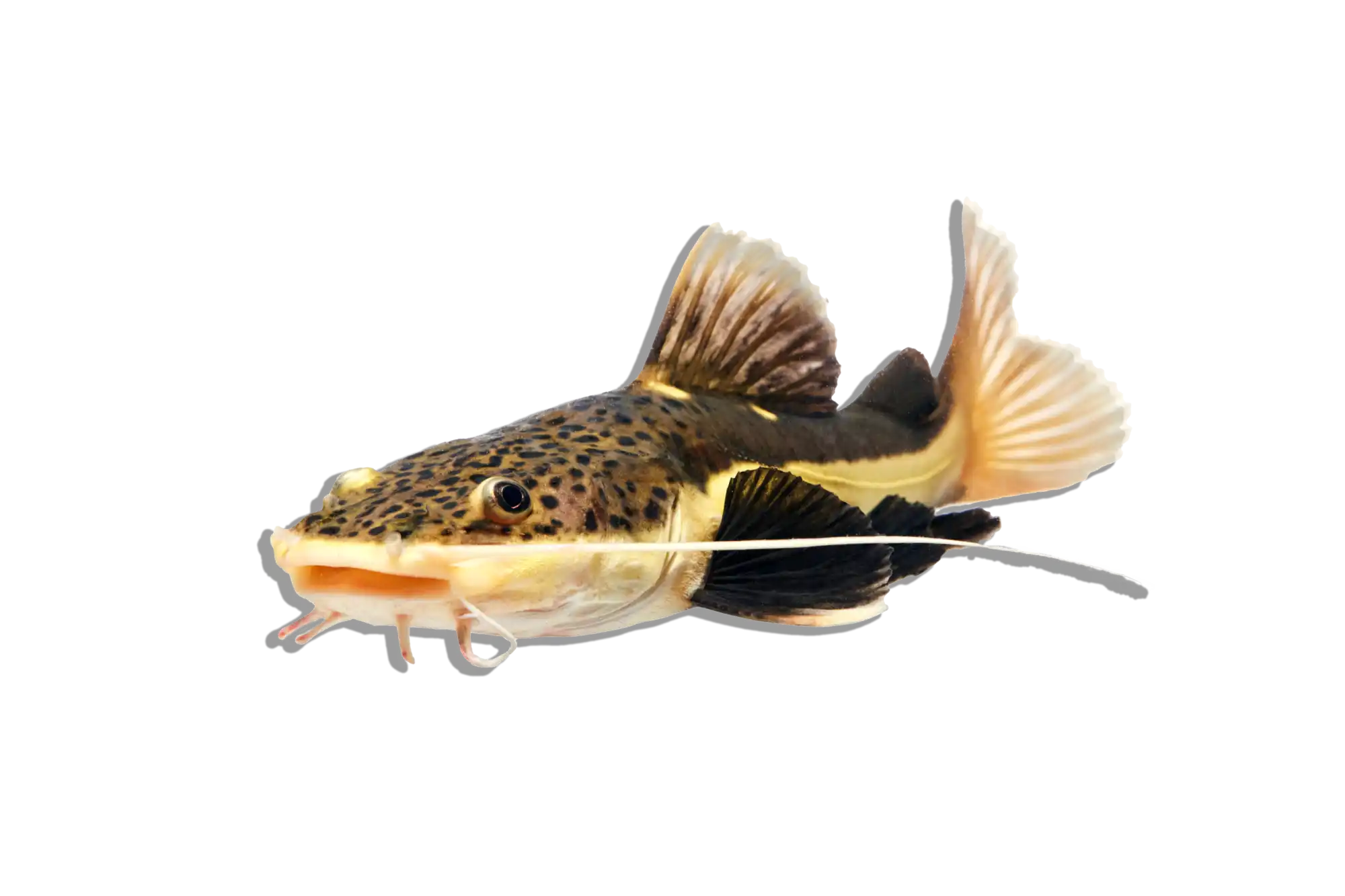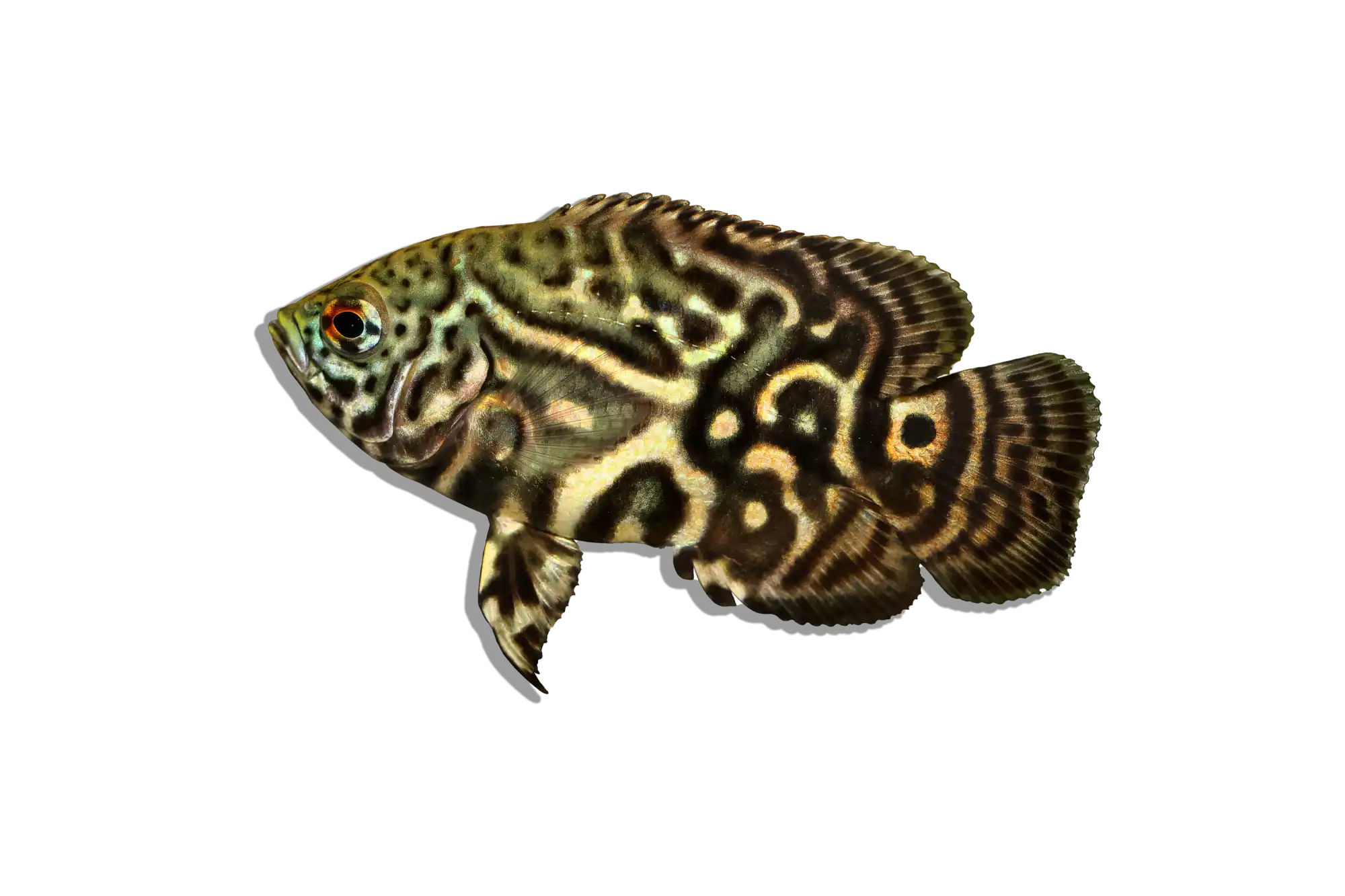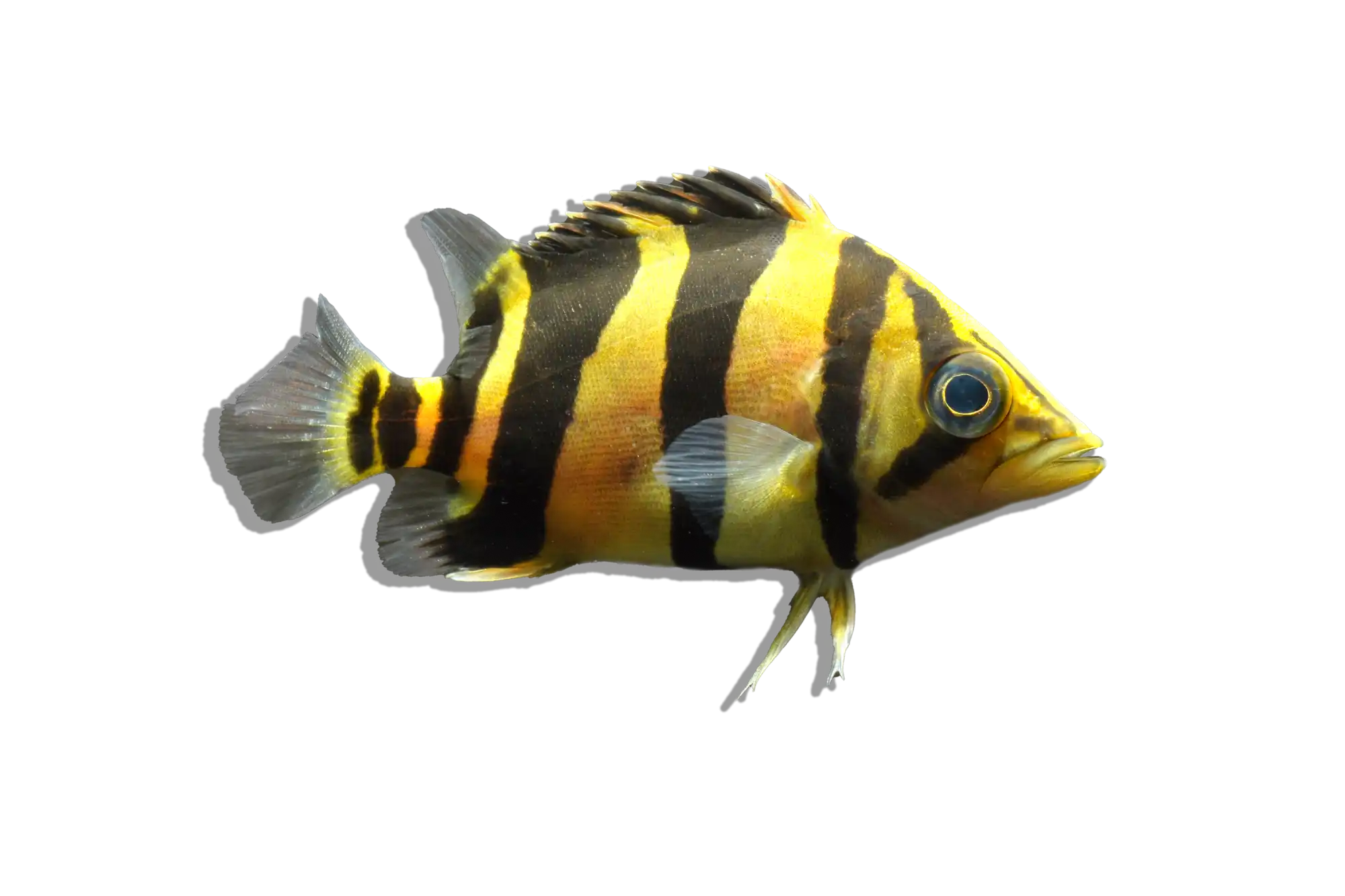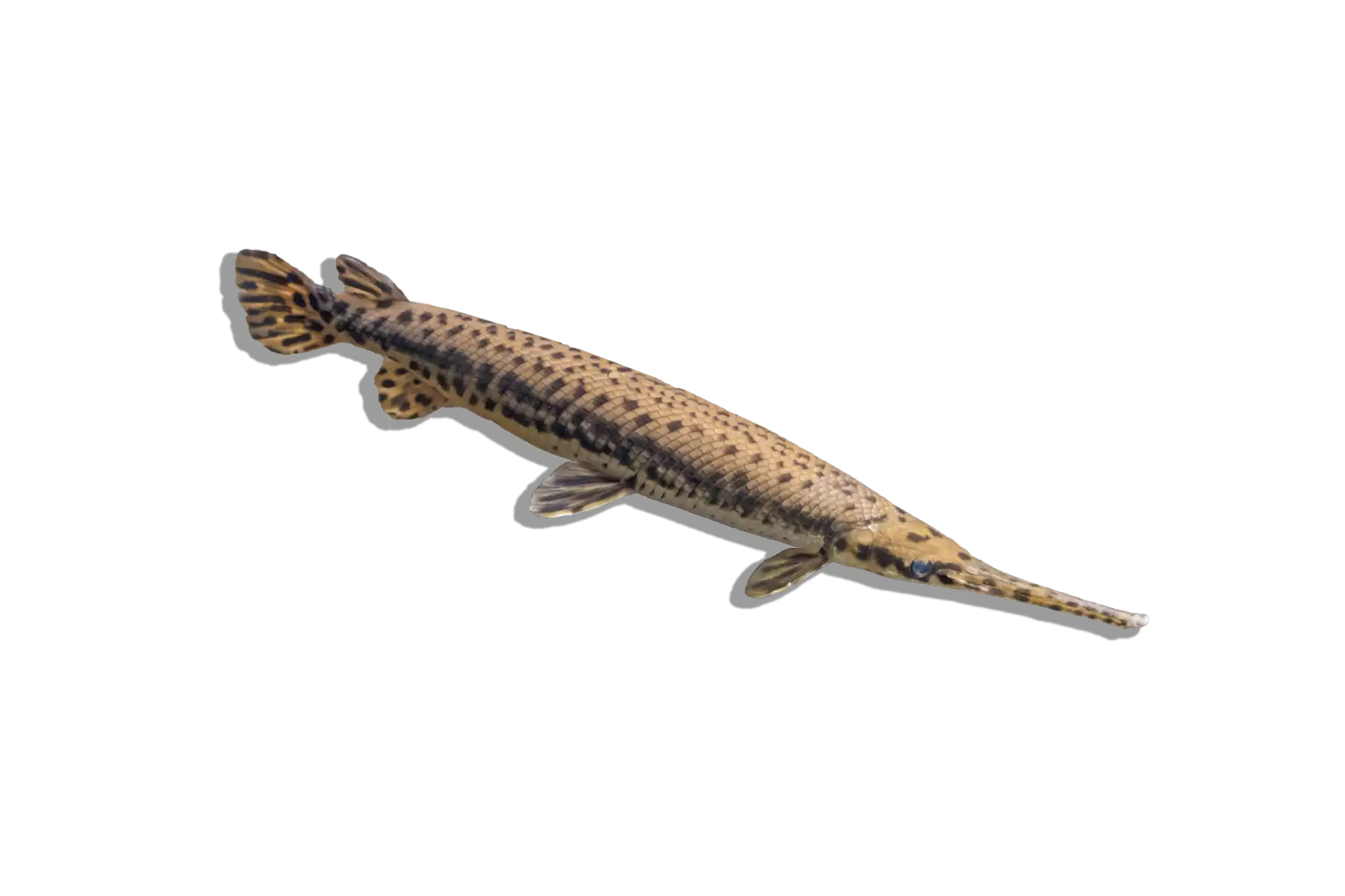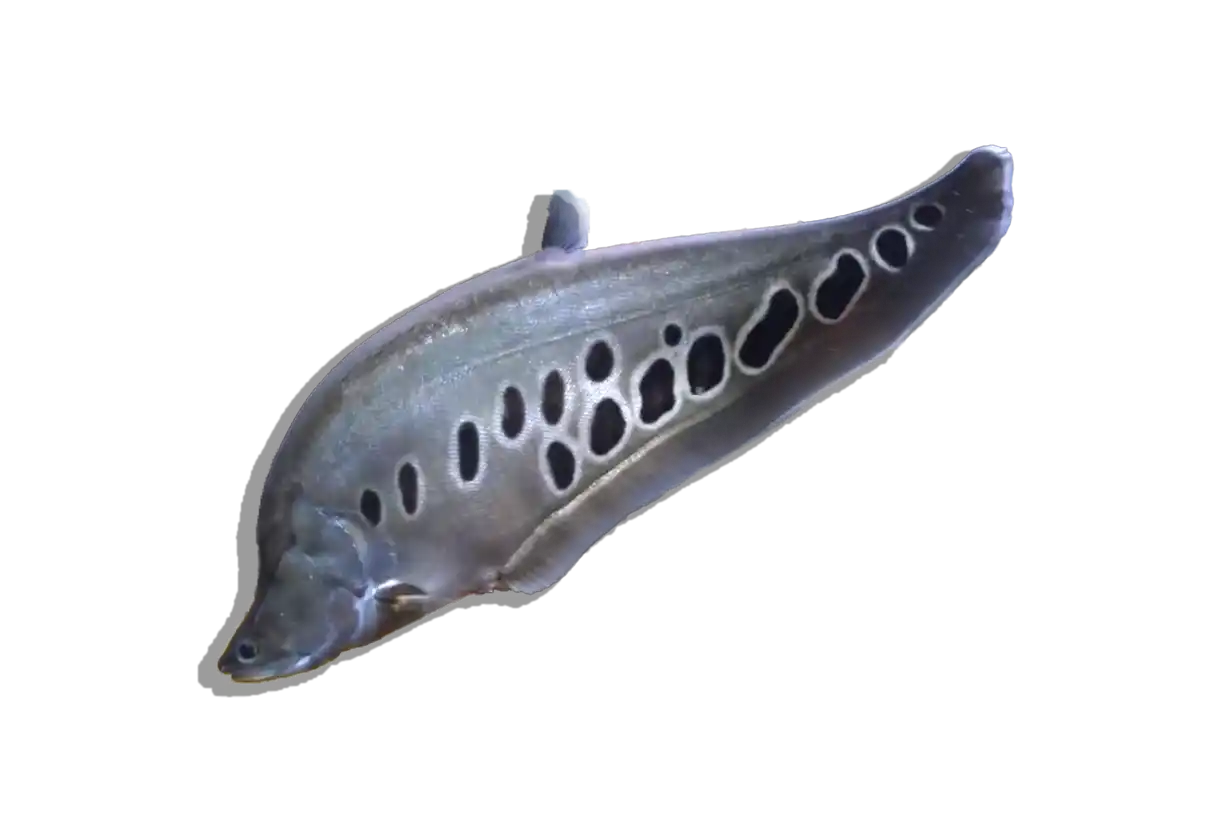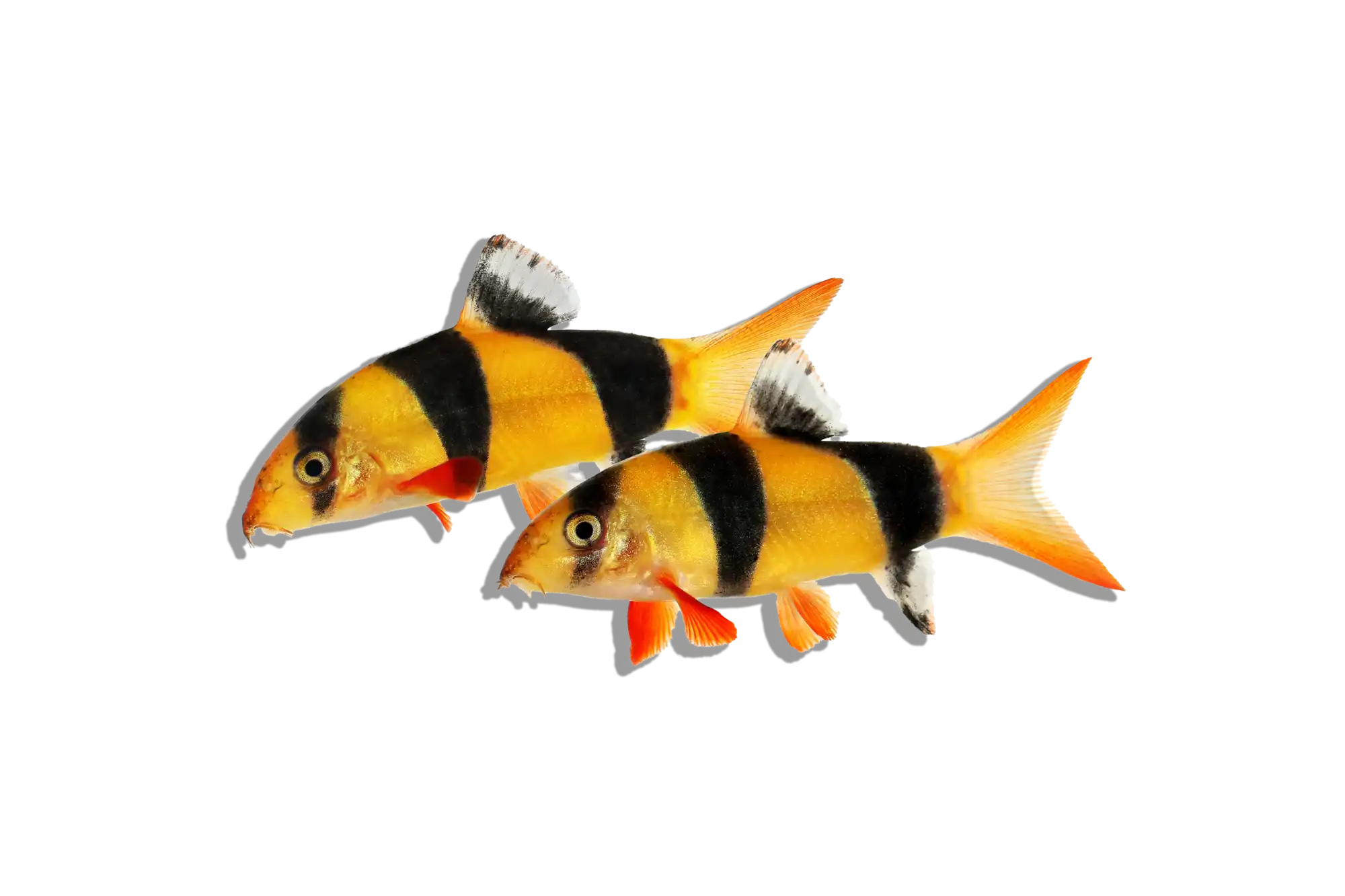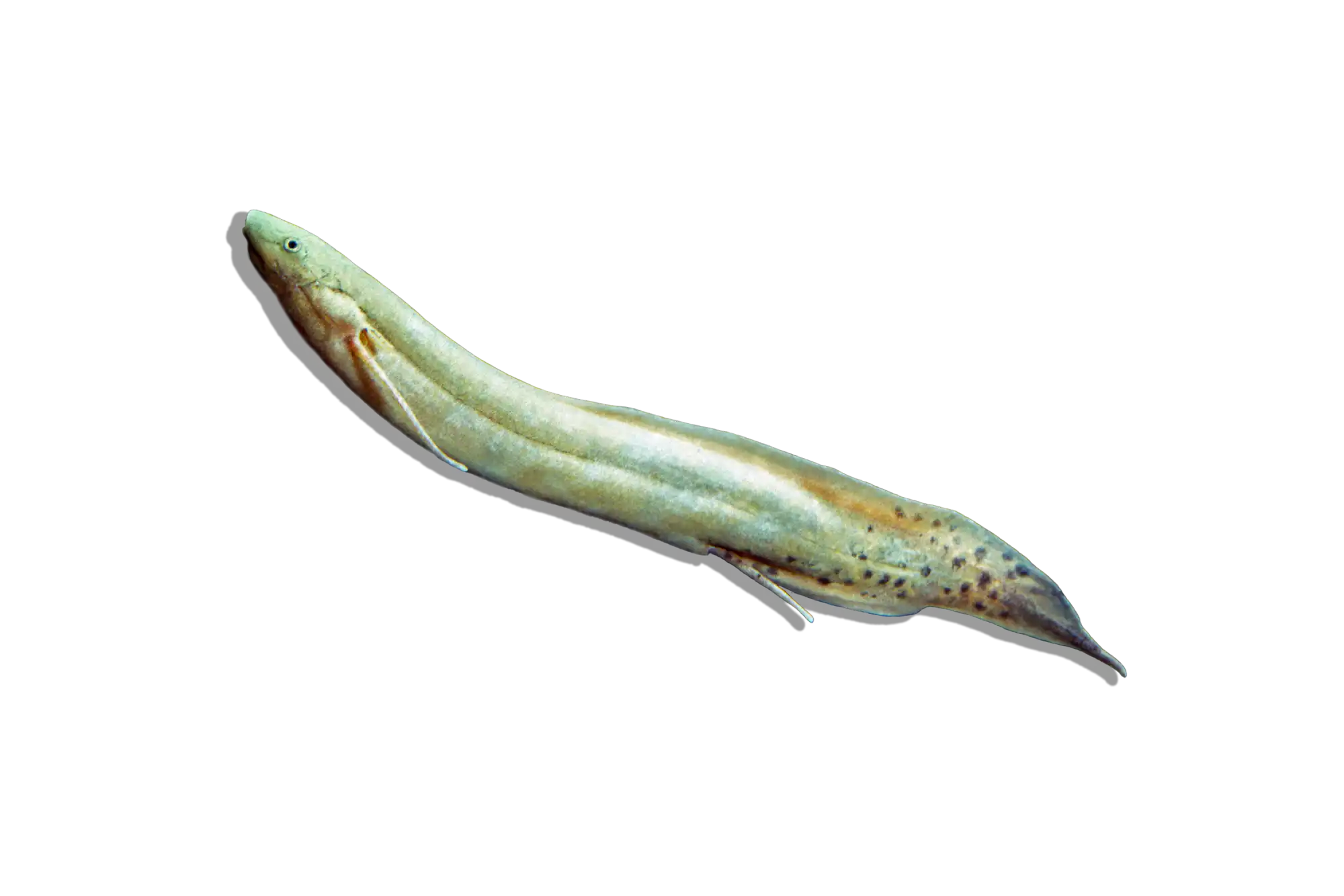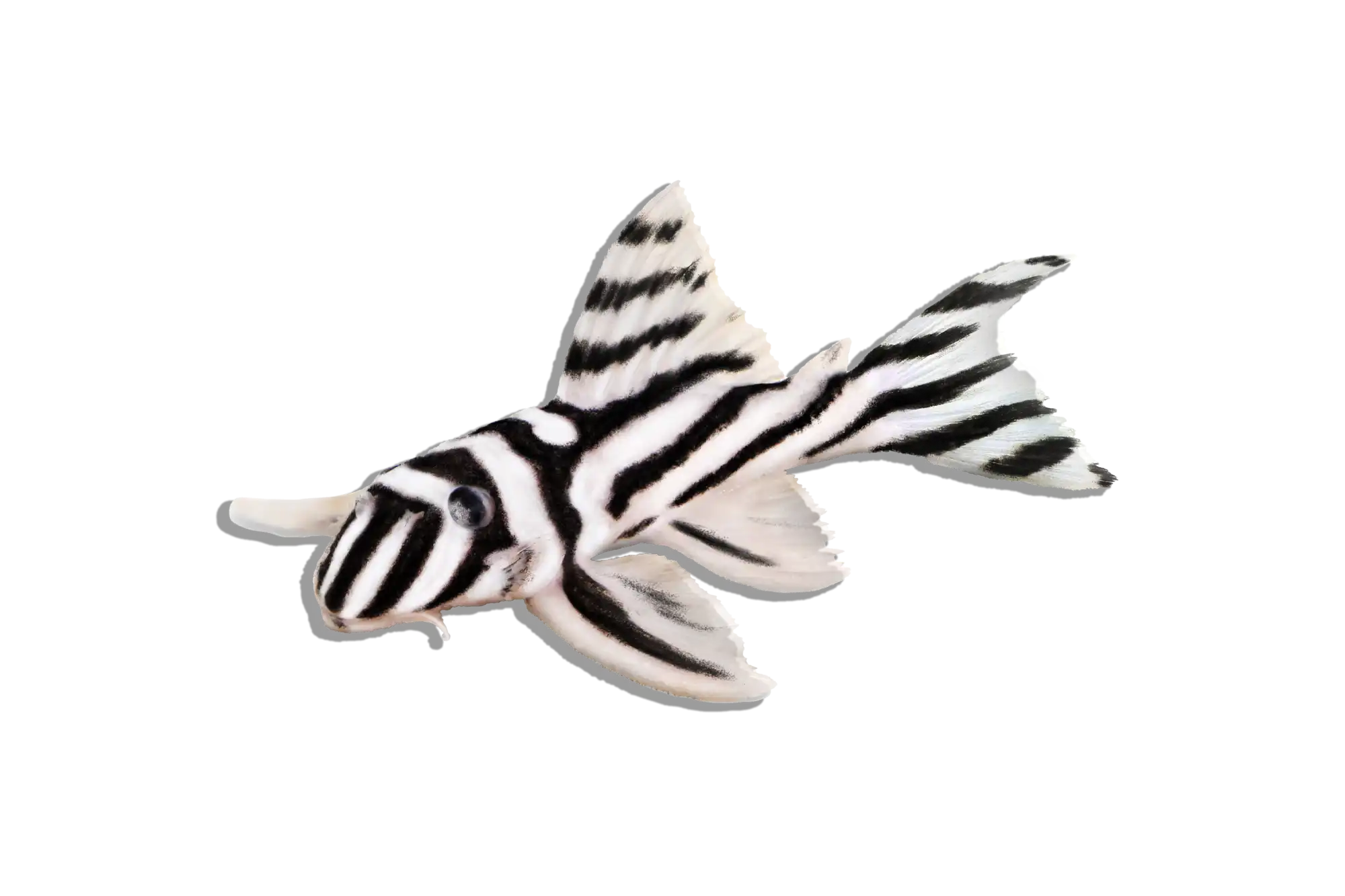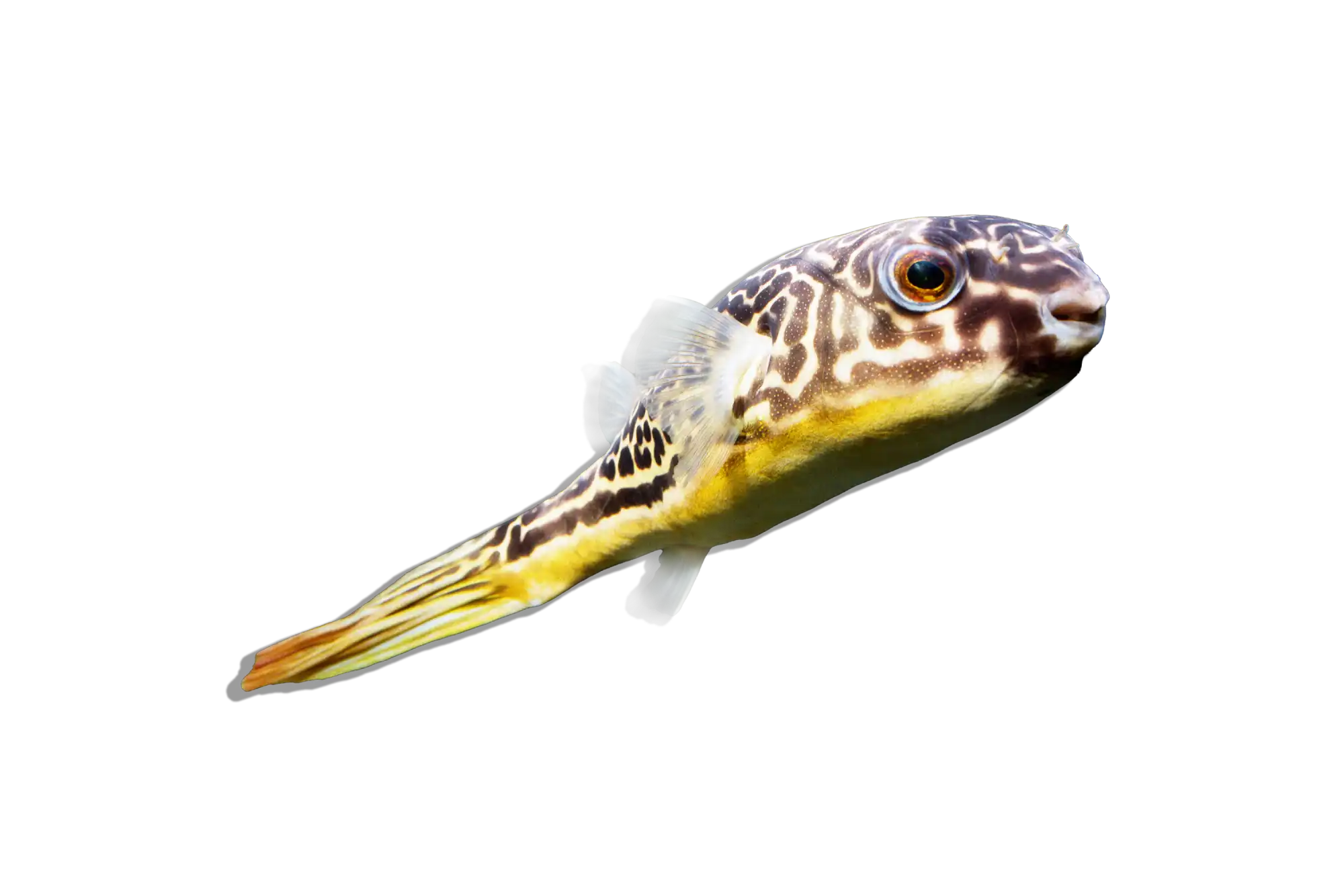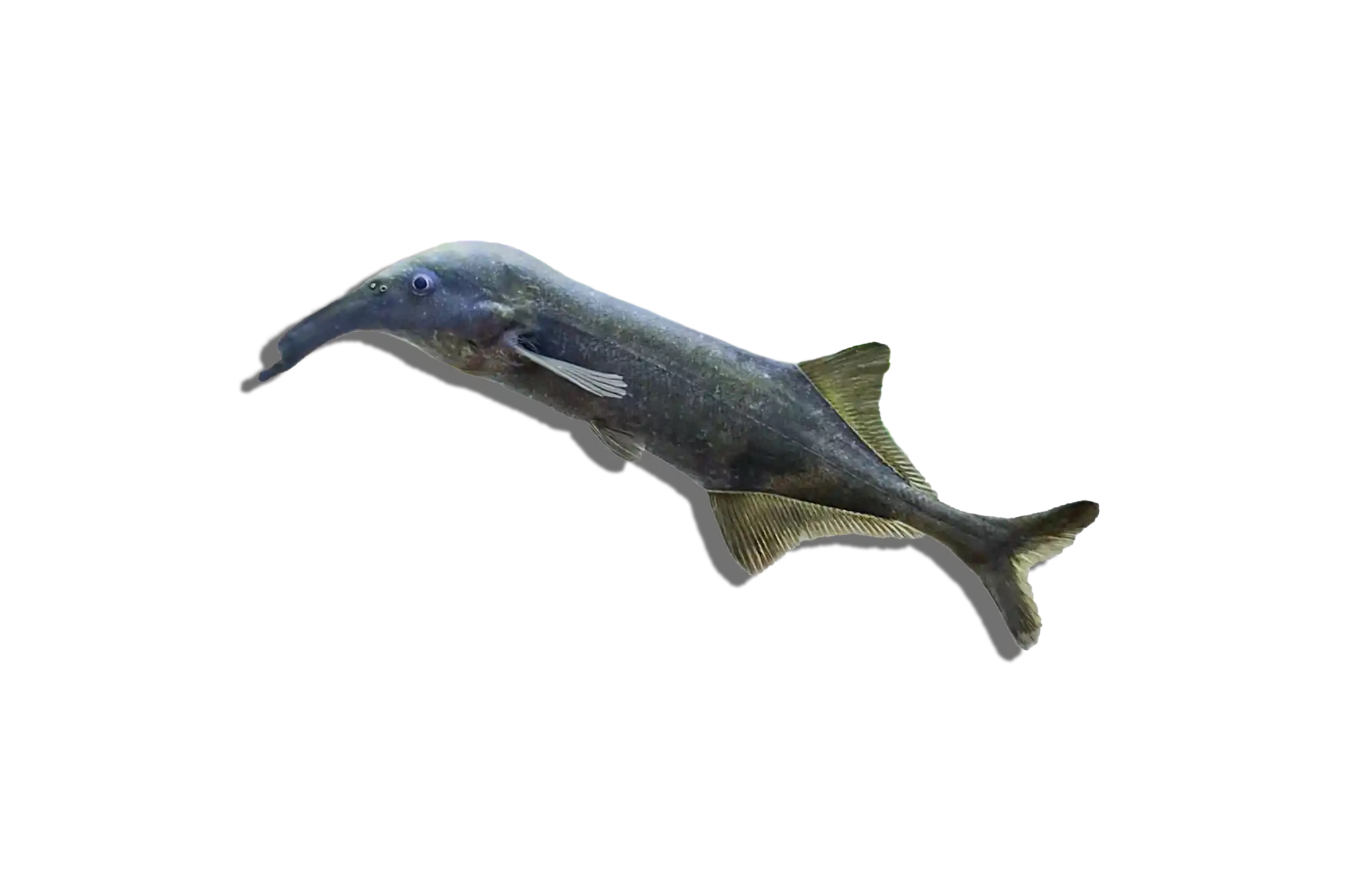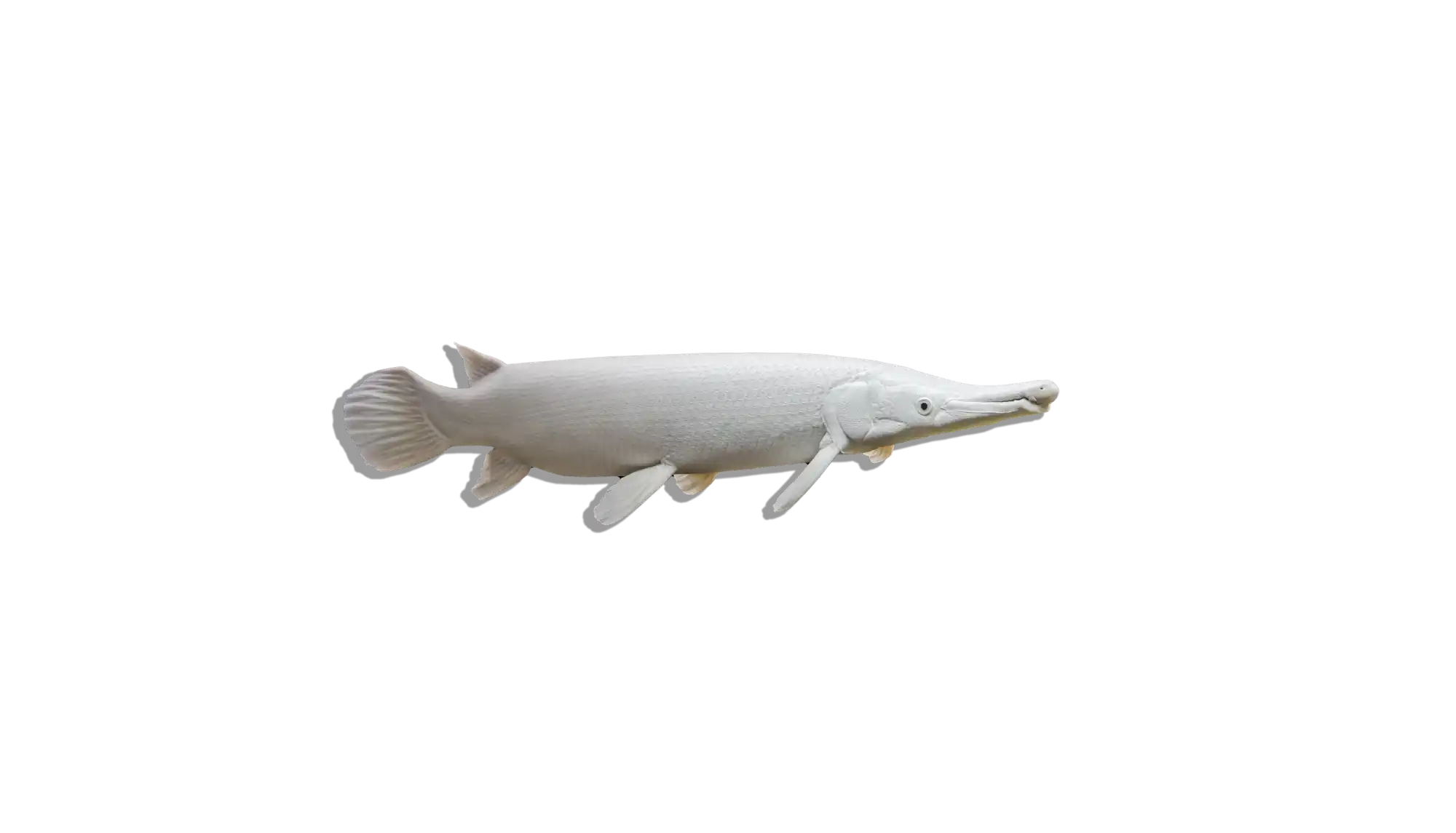Description
Common Name: Featherfin Cichlid
Scientific Name: Enantiopus sp. ‘Kilesa’
Other Names: Kilesa Featherfin Cichlid
The Featherfin Cichlid (Enantiopus sp. ‘Kilesa’) is a striking sand-dwelling cichlid from Lake Tanganyika, admired for its vibrant colors and elegant fin extensions. Males develop iridescent shades of blue, yellow, and gold, with long, flowing dorsal and caudal fin filaments, making them one of the most visually captivating Tanganyikan cichlids. This species is highly social and thrives in groups, displaying dynamic interactions and complex breeding behaviors.
Habitat and Distribution:
Native to sandy-bottomed regions of Lake Tanganyika, the Kilesa Cichlid inhabits shallow, open areas where it buries itself in the sand for protection. The environment consists of clear, well-oxygenated water with little to no rocks, allowing for their natural burrowing and breeding behaviors. They prefer vast, open sandy plains where males construct territories and display elaborate courtship dances to attract females.
Size and Lifespan:
Males grow up to 5-6 inches (13-15 cm), while females remain slightly smaller. With proper care, they can live for 8-10 years.
Diet and Behavior:
This species is an omnivore with a strong preference for planktonic and small invertebrate-based foods. Their diet should consist of high-quality cichlid pellets or flakes, frozen or live foods such as brine shrimp, cyclops, and daphnia, and occasional plant-based foods like spirulina flakes. They are peaceful, highly active, and best kept in social groups. Males exhibit complex courtship behaviors, defending their sand pits while displaying to attract females.
Breeding and Reproduction:
The Featherfin Cichlid is a maternal mouthbrooder, with males constructing shallow depressions in the sand as spawning sites. To encourage breeding, provide a deep sand substrate to allow natural nest-building, maintain a ratio of one male to multiple females, and ensure stable water conditions. After spawning, the female carries fertilized eggs in her mouth for 21-28 days before releasing free-swimming fry. The fry can be fed baby brine shrimp and finely crushed flakes.
Aquarium Care and Tank Requirements:
A minimum of 75 gallons is required for a small group, though a 125+ gallon tank is ideal for maintaining natural behaviors. Their ideal tank setup includes a fine sand substrate to allow for digging and burrowing, open swimming areas with minimal rock structures, strong filtration to maintain water clarity, moderate water movement, and bright lighting to enhance their natural coloration.
Ideal Tank Mates:
The Kilesa Featherfin Cichlid is best kept with other peaceful Tanganyikan species that do not compete for the same territory. Suitable tank mates include Cyprichromis species, Paracyprichromis species, peaceful Altolamprologus species, and small Neolamprologus species. Avoid aggressive rock-dwelling cichlids that may disrupt their sand-dwelling behaviors.
Difficulty Level:
Intermediate to Advanced. They require a sandy substrate, stable water conditions, and careful tankmate selection to thrive.
Water Parameters:
- Temperature: 75-82°F (24-28°C)
- pH: 8.0-9.0
- General Hardness (GH): 10-20 dGH
- Carbonate Hardness (KH): 10-15 dKH
- Ammonia: 0 ppm
- Nitrite: 0 ppm
- Nitrate: <20 ppm (regular water changes required)
Additional Information:
- Males display stunning colors and elaborate courtship dances during breeding, making them one of the most visually striking Tanganyikan species.
- They require soft, fine sand to prevent injury and allow for natural burrowing behavior.
- Best kept in groups, allowing males to exhibit natural social structures and reduce aggression.
The Featherfin Cichlid (Enantiopus sp. ‘Kilesa’) is a fascinating and elegant cichlid, offering a unique combination of beauty, social dynamics, and intricate breeding behavior. With proper care, they will thrive and add an extraordinary visual display to a Tanganyikan biotope aquarium.

